Home>Articles>What Is The Outside Diameter Of 3/4 Inch EMT Conduit
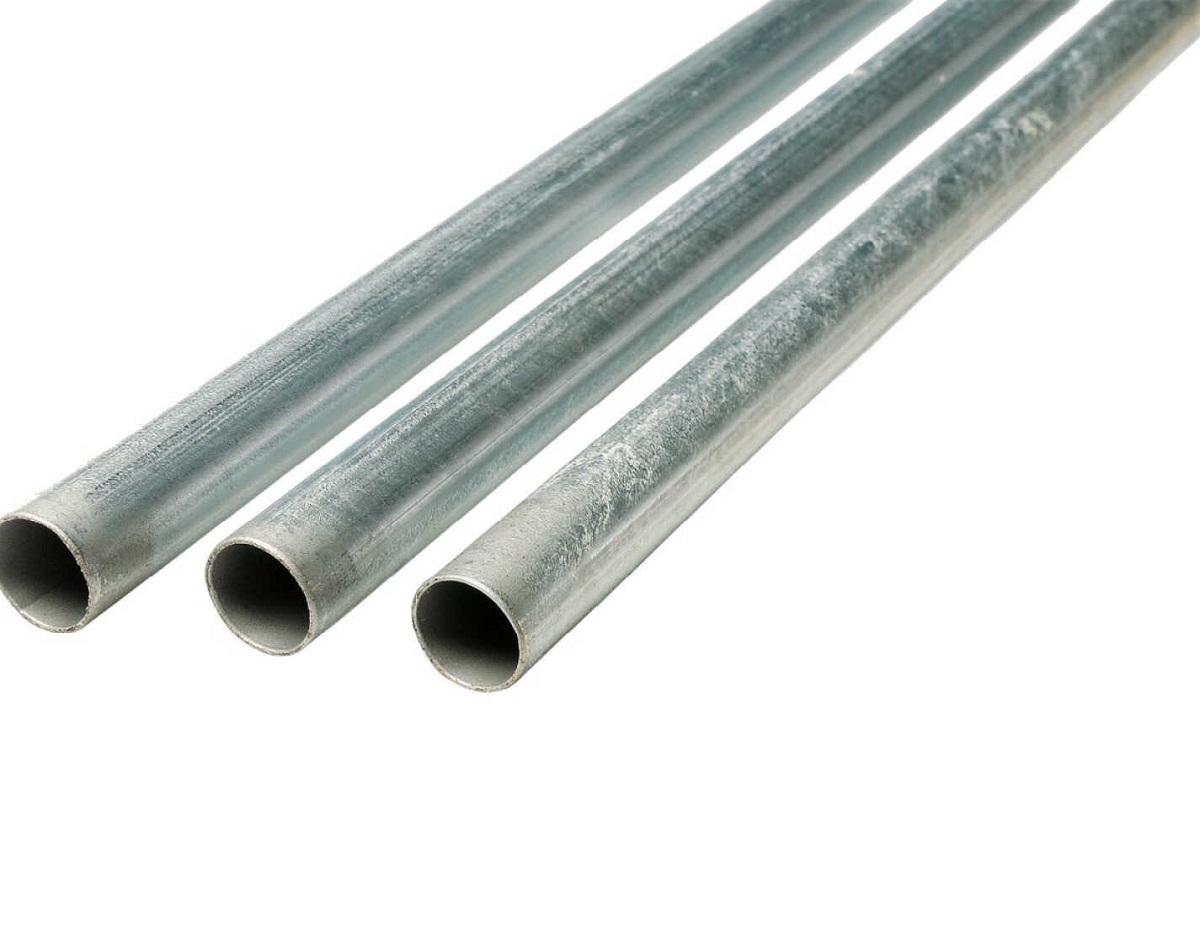

Articles
What Is The Outside Diameter Of 3/4 Inch EMT Conduit
Modified: April 23, 2024
Find helpful articles on determining the outside diameter of 3/4 EMT conduit for your electrical projects.
(Many of the links in this article redirect to a specific reviewed product. Your purchase of these products through affiliate links helps to generate commission for Storables.com, at no extra cost. Learn more)
Introduction
The Electrical Metallic Tubing (EMT) conduit is a common choice for electrical wiring installations. It provides a protective pathway for electrical cables, ensuring safety and adherence to electrical codes. EMT conduit is known for its durability, affordability, and ease of installation, making it a popular choice among electricians and DIY enthusiasts.
When working with EMT conduit, it’s essential to understand its dimensions, including the outside diameter. The outside diameter determines the compatibility of fittings, connectors, and other components used in the electrical installation. In this article, we will focus on the outside diameter of 3/4″ EMT conduit and how to determine it accurately.
Whether you are considering a new electrical project or replacing existing EMT conduit, understanding the outside diameter of 3/4″ EMT conduit is crucial. Let’s dive deeper into the topic and explore everything you need to know about this specific size of conduit.
Key Takeaways:
- Understanding the outside diameter of 3/4″ EMT conduit (approximately 0.922 inches or 23.420mm) is crucial for selecting compatible fittings and ensuring a secure electrical installation.
- Factors such as manufacturing tolerances, coating thickness, temperature changes, and wear can slightly affect the outside diameter, emphasizing the need for accurate measurement and consideration of these factors.
Read more: What Is An EMT Conduit
Understanding EMT Conduit
EMT conduit, also known as thin-walled conduit, is a type of tubing used for enclosing and protecting electrical wires and cables. It is made of galvanized steel, which provides excellent strength and durability while protecting against corrosion. EMT conduit is commonly used in residential and commercial electrical installations.
EMT conduit is distinguished by its smooth and sleek appearance, thanks to its thin walls. The thin walls make it lightweight and easy to handle, making installation a breeze. Additionally, the smooth interior surface of the conduit allows for easy pulling and pushing of wires, reducing friction and simplifying the wiring process.
One of the key advantages of EMT conduit is its affordability. Compared to other types of electrical conduit, EMT is relatively budget-friendly, making it a cost-effective option for both professional electricians and DIYers.
In terms of installation, EMT conduit can be easily bent and shaped using specialized tools and techniques. This flexibility allows electricians to navigate around obstacles and create custom pathways for electrical wiring. Coupled with its lightweight nature, EMT conduit offers great flexibility and adaptability for various electrical projects.
It’s worth noting that EMT conduit is suitable for both indoor and outdoor installations. However, when installing EMT conduit outdoors, it is essential to take additional precautions to protect it from moisture and environmental elements. Applying a proper coating or using weatherproof fittings can help ensure the longevity and performance of the conduit in outdoor settings.
Now that we have a general understanding of EMT conduit, let’s take a closer look at the standard sizes and dimensions, including the outside diameter of 3/4″ EMT conduit.
Standard Sizes of EMT Conduit
EMT conduit comes in various sizes to accommodate different electrical wiring needs. The sizes are standardized to ensure compatibility with fittings, connectors, and accessories. Here are the most common standard sizes of EMT conduit:
- 1/2″ EMT Conduit: This is the smallest size available and is commonly used for residential electrical installations.
- 3/4″ EMT Conduit: This size is widely used in both residential and commercial applications.
- 1″ EMT Conduit: This larger size is often employed in industrial and commercial settings, where larger electrical cables are used.
- 1-1/4″ EMT Conduit: This size is suitable for heavy-duty electrical installations with larger cables.
- 1-1/2″ EMT Conduit: Another size commonly found in commercial and industrial electrical systems.
- 2″ EMT Conduit: This is the largest standard size and is typically used for heavy-duty applications and conduits carrying multiple cables.
These standard sizes are usually available in various lengths, such as 10 feet or 20 feet, to accommodate different installation requirements.
It’s important to note that the outside diameters of EMT conduit can vary slightly based on manufacturing tolerances. Therefore, it’s essential to verify the exact dimensions of the conduit you are using before proceeding with any installation or fitting connections.
Next, let’s explore how to determine the outside diameter of 3/4″ EMT conduit.
Determining the Outside Diameter of 3/4″ EMT Conduit
When working with 3/4″ EMT conduit, it’s crucial to accurately determine its outside diameter. This information is essential for selecting compatible fittings, connectors, and accessories.
The outside diameter of 3/4″ EMT conduit is approximately 0.922 inches or 23.420mm. It’s important to note that this measurement may vary slightly due to manufacturing tolerances.
If you need to verify the exact outside diameter of the conduit you are using, there are a few methods you can employ:
- Consult the manufacturer’s specifications: The manufacturer of the EMT conduit should provide detailed specifications, including the outside diameter, in their product documentation or on their website.
- Measure it directly: Using a caliper or measuring tape, carefully measure the outer circumference of the conduit. Then, divide the measured circumference by π (approximately 3.14159) to calculate the outside diameter.
- Refer to industry standards: Electrical conduit sizes, including the outside diameter of 3/4″ EMT conduit, are governed by industry standards such as the National Electrical Manufacturers Association (NEMA) or the Underwriters Laboratories (UL). Consult these standards for accurate information.
By determining the outside diameter of 3/4″ EMT conduit accurately, you can ensure the proper selection and compatibility of fittings and connectors, leading to a successful electrical installation.
Now that we’ve covered the methods for determining the outside diameter, let’s explore the factors that can affect the outside diameter of 3/4″ EMT conduit.
The outside diameter of 3/4 EMT conduit is approximately 0.922 inches. This is important to know when selecting fittings and making connections.
Factors Affecting the Outside Diameter of 3/4″ EMT Conduit
While the standard outside diameter of 3/4″ EMT conduit is approximately 0.922 inches or 23.420mm, there are factors that can affect this measurement. It’s important to be aware of these factors to ensure accurate fitting connections and proper installation.
Here are some factors that can impact the outside diameter of 3/4″ EMT conduit:
- Manufacturing tolerances: Conduit manufacturing involves various processes, and slight variations can occur in the dimensions, including the outside diameter. Manufacturers typically specify acceptable tolerances to account for these slight deviations.
- Coating thickness: EMT conduit is often coated with a protective layer, such as zinc or PVC coating. The thickness of the coating can slightly alter the outside diameter. It’s essential to consider the coating thickness when selecting fittings and connectors.
- Temperature changes: Temperature fluctuations can cause expansion or contraction of the metal conduit, which can impact its outside diameter. When working in extreme temperature conditions, it’s important to consider the potential dimensional changes.
- Corrosion and wear: Over time, EMT conduit can be subject to corrosion or wear, affecting its dimensions. Regular inspection and maintenance can help identify any significant changes in the outside diameter.
It’s important to account for these factors when working with 3/4″ EMT conduit to ensure proper fitting connections and a secure electrical installation. Checking the manufacturer’s specifications and adhering to industry standards will help you navigate these factors effectively.
Now that we’ve covered the factors that can affect the outside diameter, let’s dive into the methods for measuring the outside diameter of 3/4″ EMT conduit.
Read more: How To Connect EMT Conduit
Measuring the Outside Diameter of 3/4″ EMT Conduit
Accurately measuring the outside diameter of 3/4″ EMT conduit is crucial for selecting compatible fittings and connectors. There are a few methods you can use to measure the outside diameter effectively:
- Caliper measurement: Using a caliper, measure the outer circumference of the conduit. Make sure the caliper is perpendicular to the conduit and applies slight pressure to obtain an accurate measurement. Divide the measured circumference by π (approximately 3.14159) to calculate the outside diameter.
- Tape measure: If a caliper is not available, you can use a flexible tape measure to measure the outer circumference of the conduit. Again, make sure the tape measure is perpendicular to the conduit and wraps around it snugly. Divide the measured circumference by π to determine the outside diameter.
- Reference chart or manufacturer’s specifications: In some cases, manufacturers provide reference charts or detailed specifications that include the outside diameter of their EMT conduit products. Consult these resources to obtain the exact measurement without the need for manual measurement.
It’s important to ensure accurate measurements to avoid any fitting compatibility issues or installation errors. Take multiple measurements at different points along the conduit and calculate the average to account for any irregularities.
When measuring the outside diameter, it’s also important to consider any additional factors that might affect the measurement, such as coating thickness or changes due to temperature. Taking these factors into account will help ensure precise fitting connections and a secure electrical installation.
Now that we have explored the methods for measuring the outside diameter, let’s conclude with a summary of the importance of understanding the outside diameter of 3/4″ EMT conduit.
Conclusion
Understanding the outside diameter of 3/4″ EMT conduit is essential for any electrical project involving this specific size of conduit. By knowing the outside diameter, you can ensure proper fitting connections, compatibility with accessories, and a secure electrical installation.
We have learned that 3/4″ EMT conduit has a standard outside diameter of approximately 0.922 inches or 23.420mm. However, it’s important to take into account factors such as manufacturing tolerances, coating thickness, temperature changes, and wear that can slightly affect the measurements.
To accurately determine the outside diameter of 3/4″ EMT conduit, you can use methods such as caliper measurements, tape measures, or consult manufacturer specifications and reference charts. It’s advisable to take multiple measurements at different points along the conduit and calculate the average for precise results.
By understanding and measuring the outside diameter accurately, you can select the appropriate fittings, connectors, and accessories that are compatible with 3/4″ EMT conduit. This ensures a smooth and successful electrical installation.
Remember to consult the manufacturer’s specifications, adhere to industry standards, and consider any additional factors that may impact the outside diameter. Regular inspection and maintenance of the EMT conduit and its fittings are also important to ensure continued performance and safety.
With this knowledge, you are well-equipped to work with 3/4″ EMT conduit confidently and tackle any electrical project with ease. Whether you are a professional electrician or a DIY enthusiast, understanding the outside diameter of 3/4″ EMT conduit is crucial for a successful and code-compliant electrical installation.
So, go ahead and confidently choose and work with 3/4″ EMT conduit to bring power and light to homes and businesses, knowing that you have the expertise to handle it effectively.
Frequently Asked Questions about What Is The Outside Diameter Of 3/4 Inch EMT Conduit
Was this page helpful?
At Storables.com, we guarantee accurate and reliable information. Our content, validated by Expert Board Contributors, is crafted following stringent Editorial Policies. We're committed to providing you with well-researched, expert-backed insights for all your informational needs.
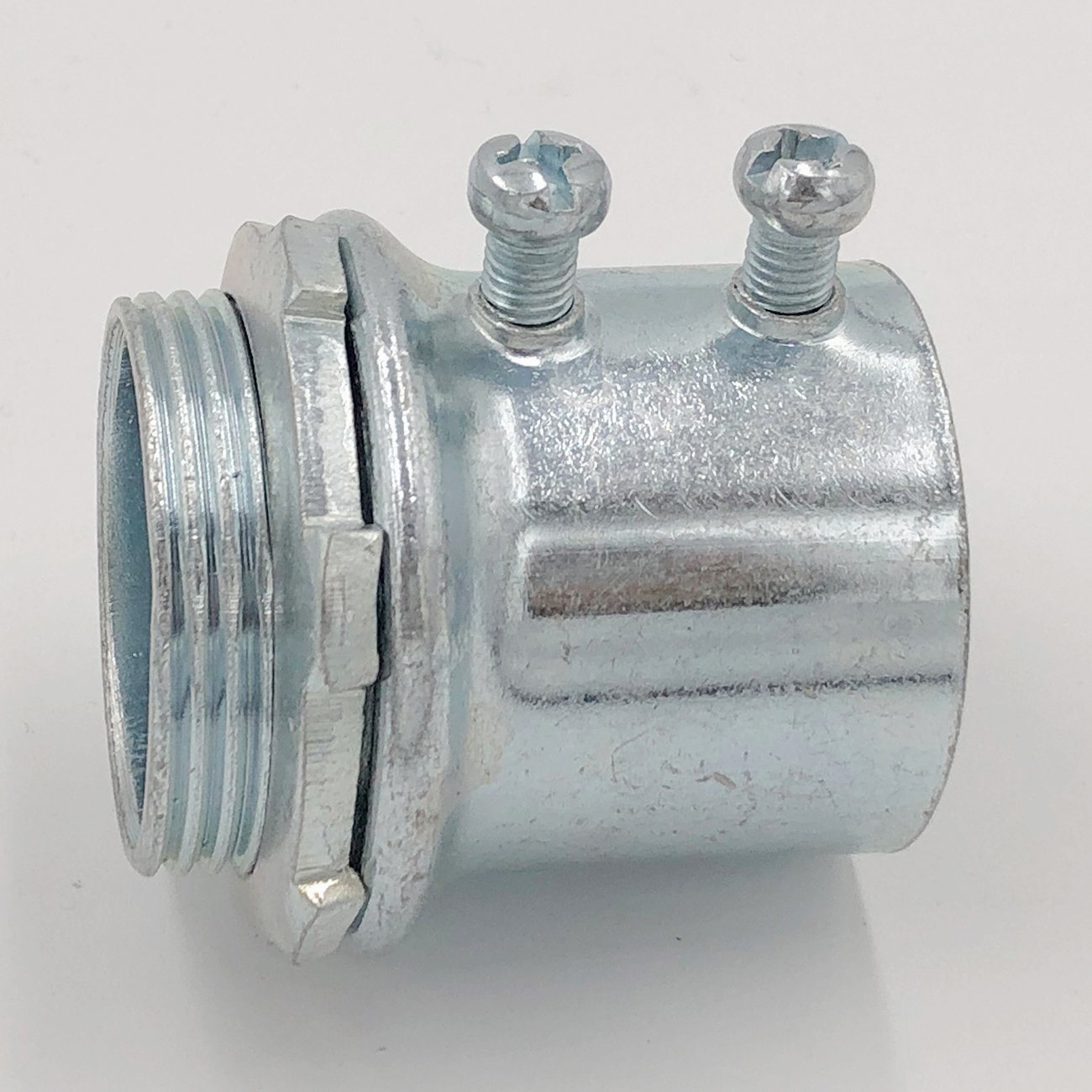
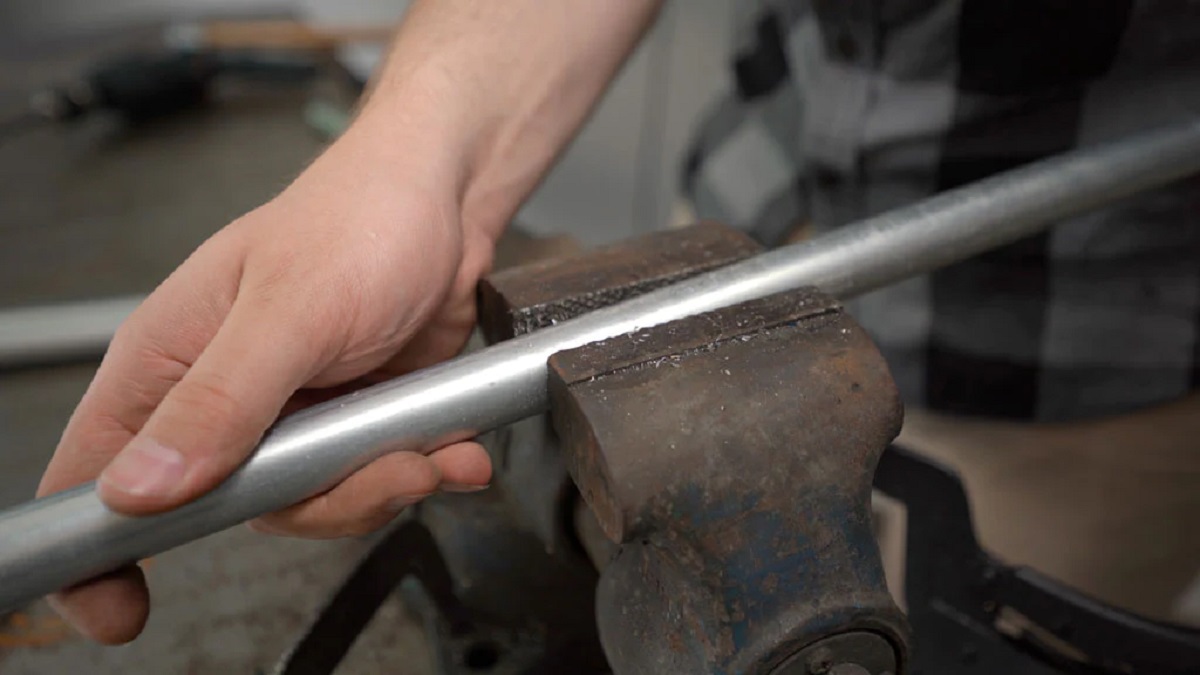
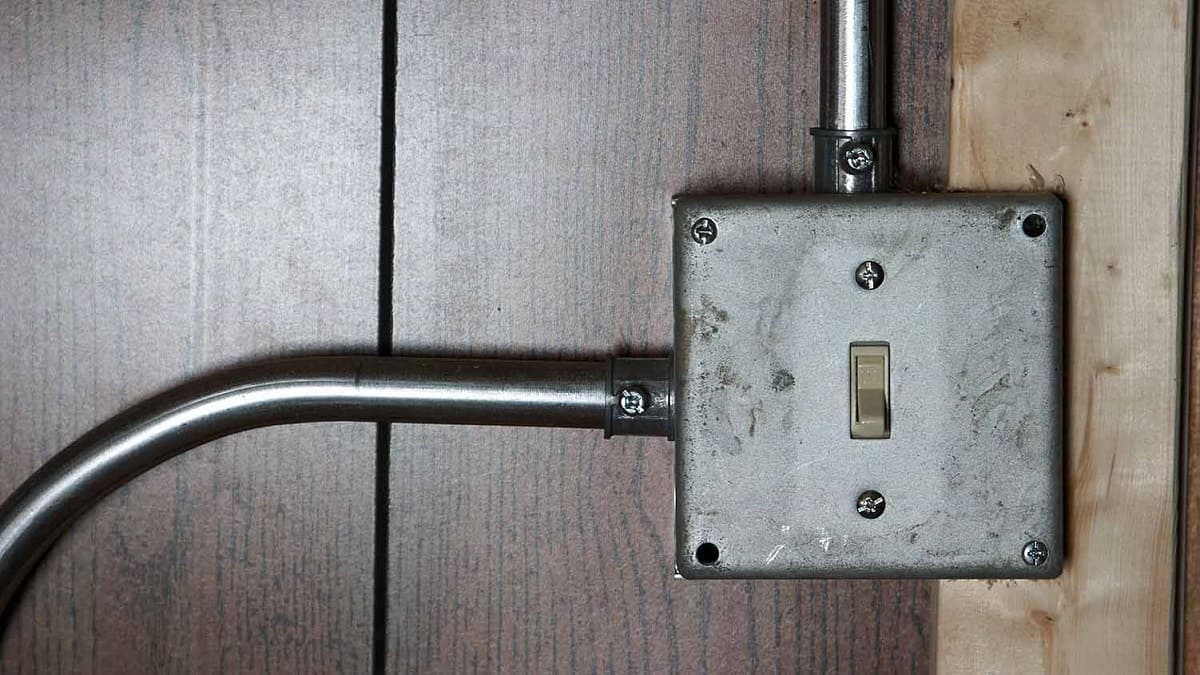


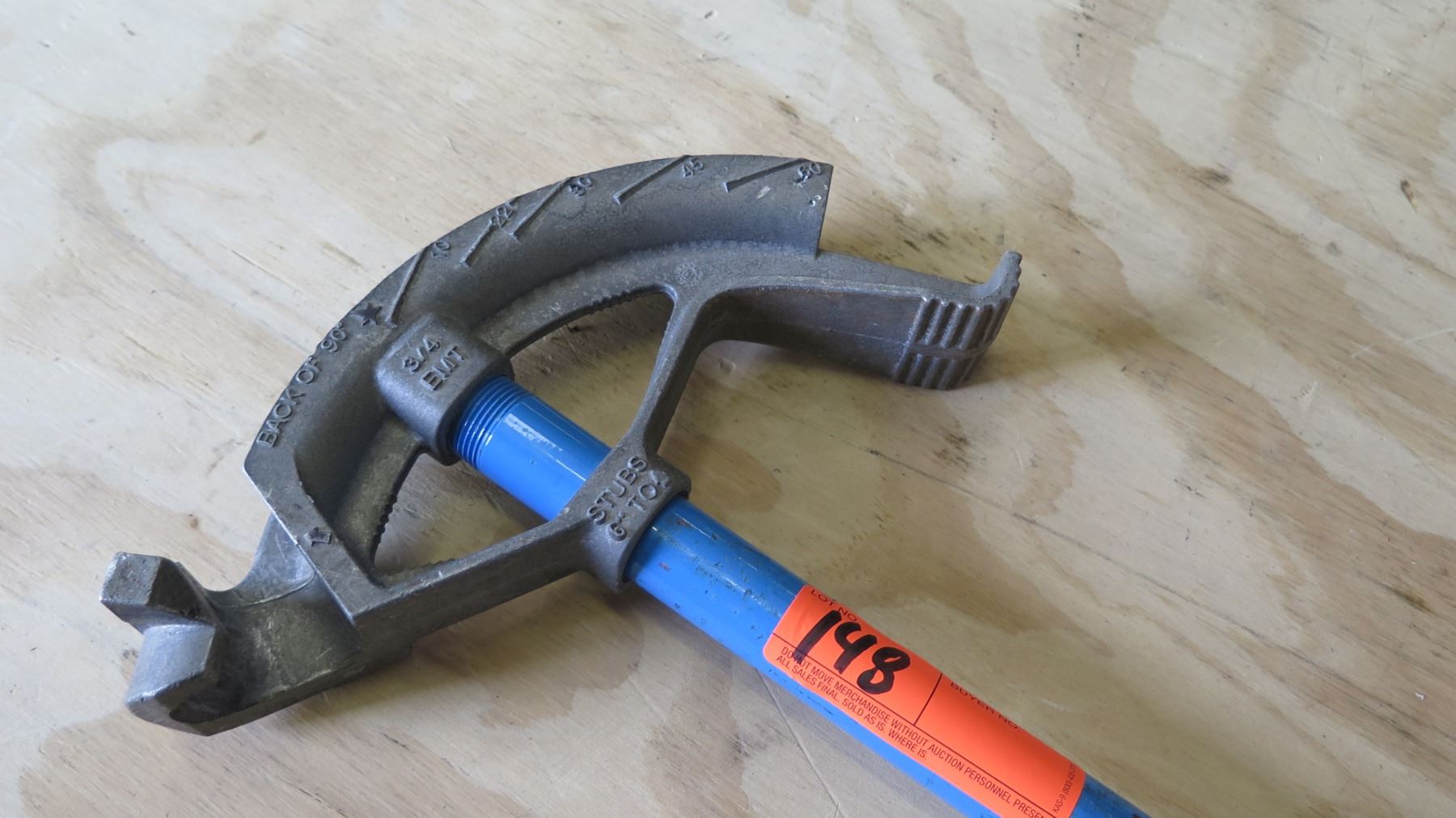
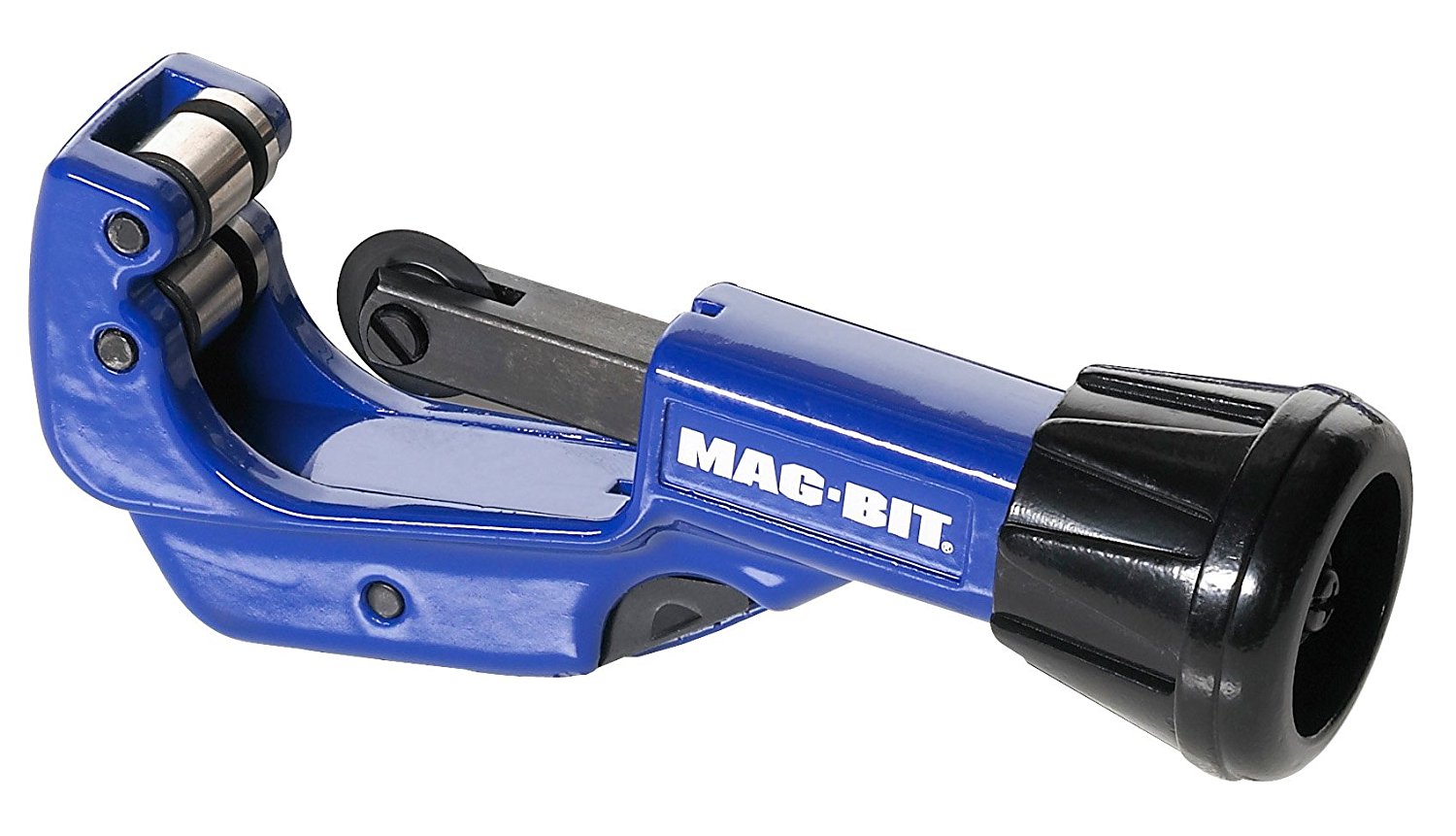
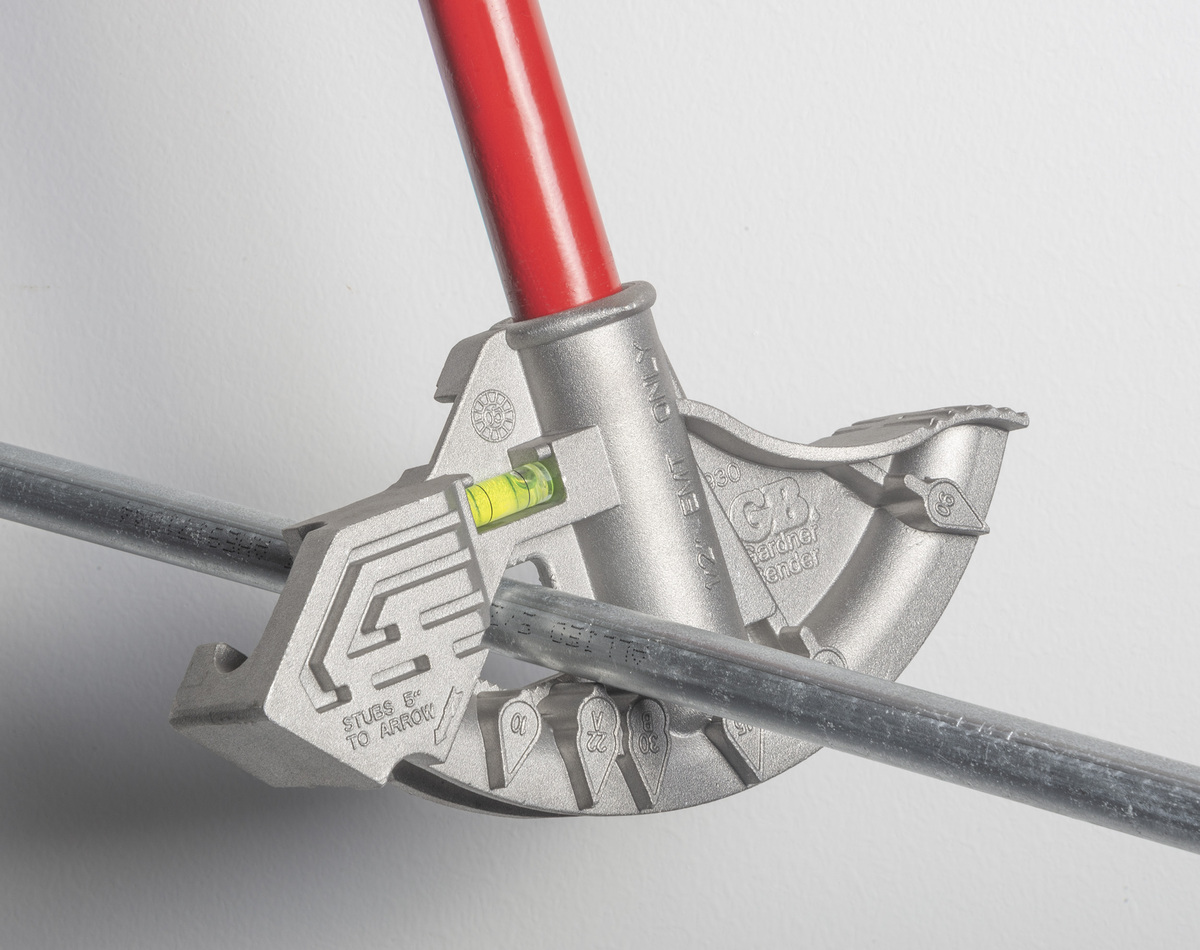
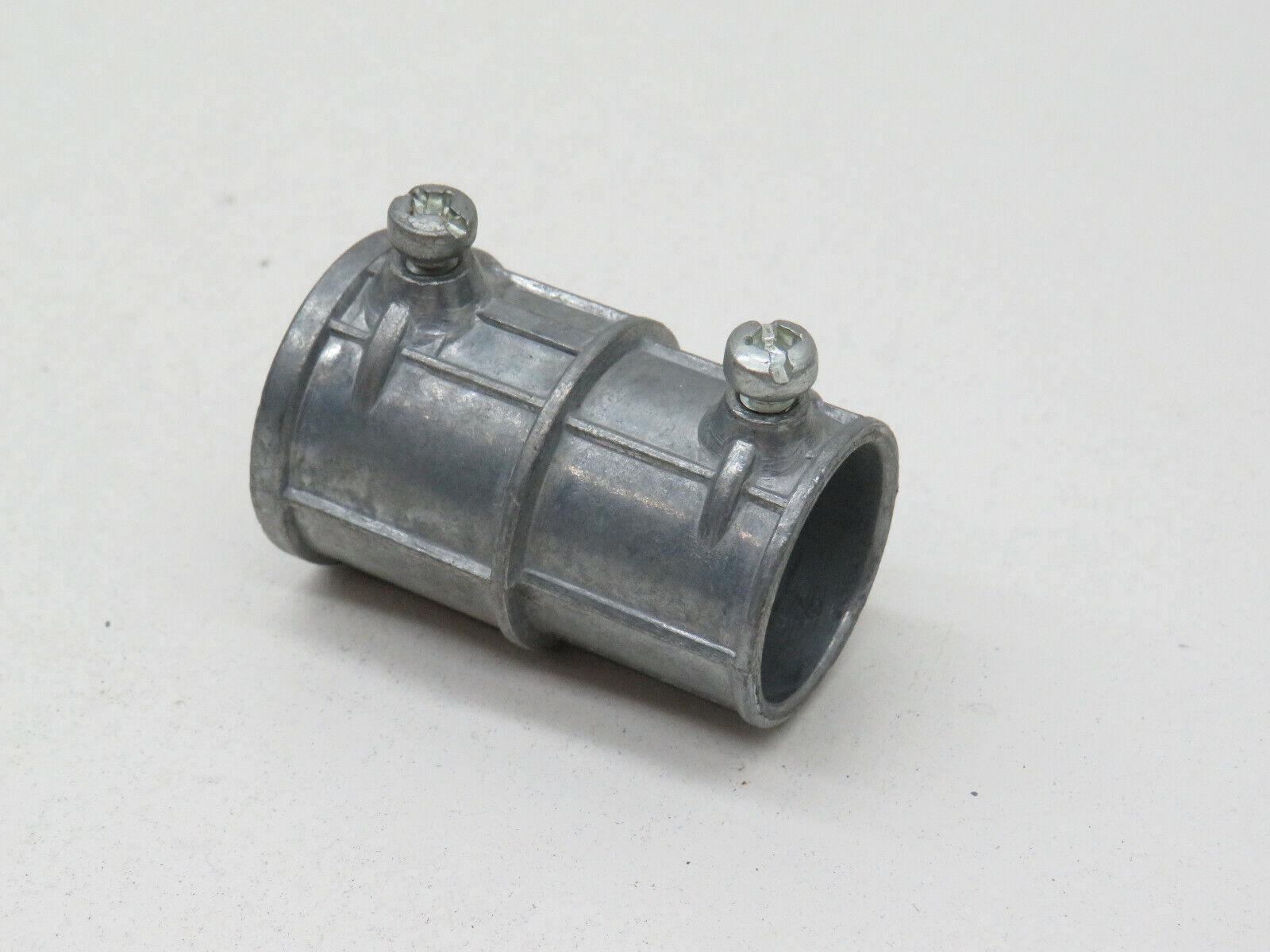
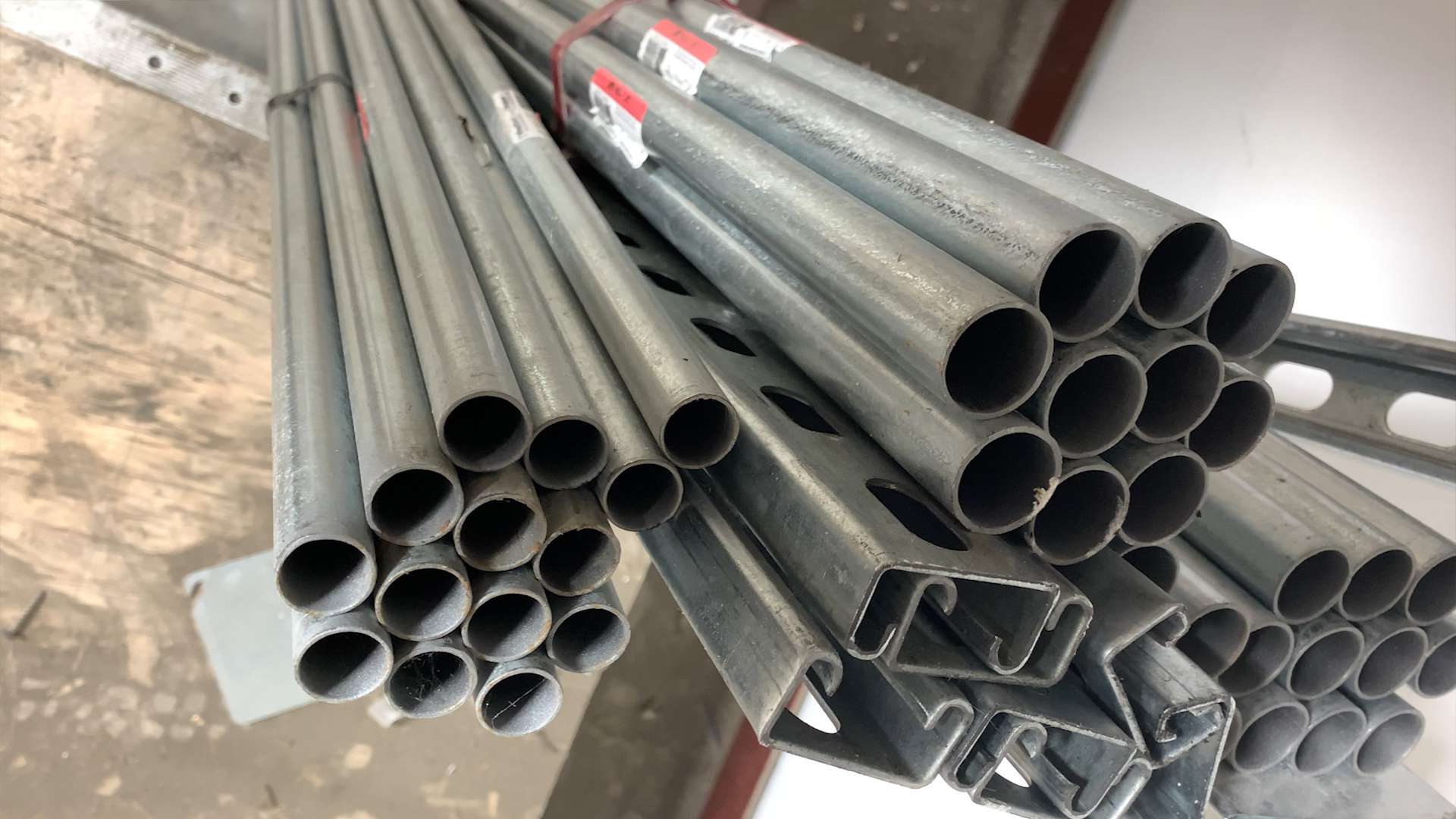
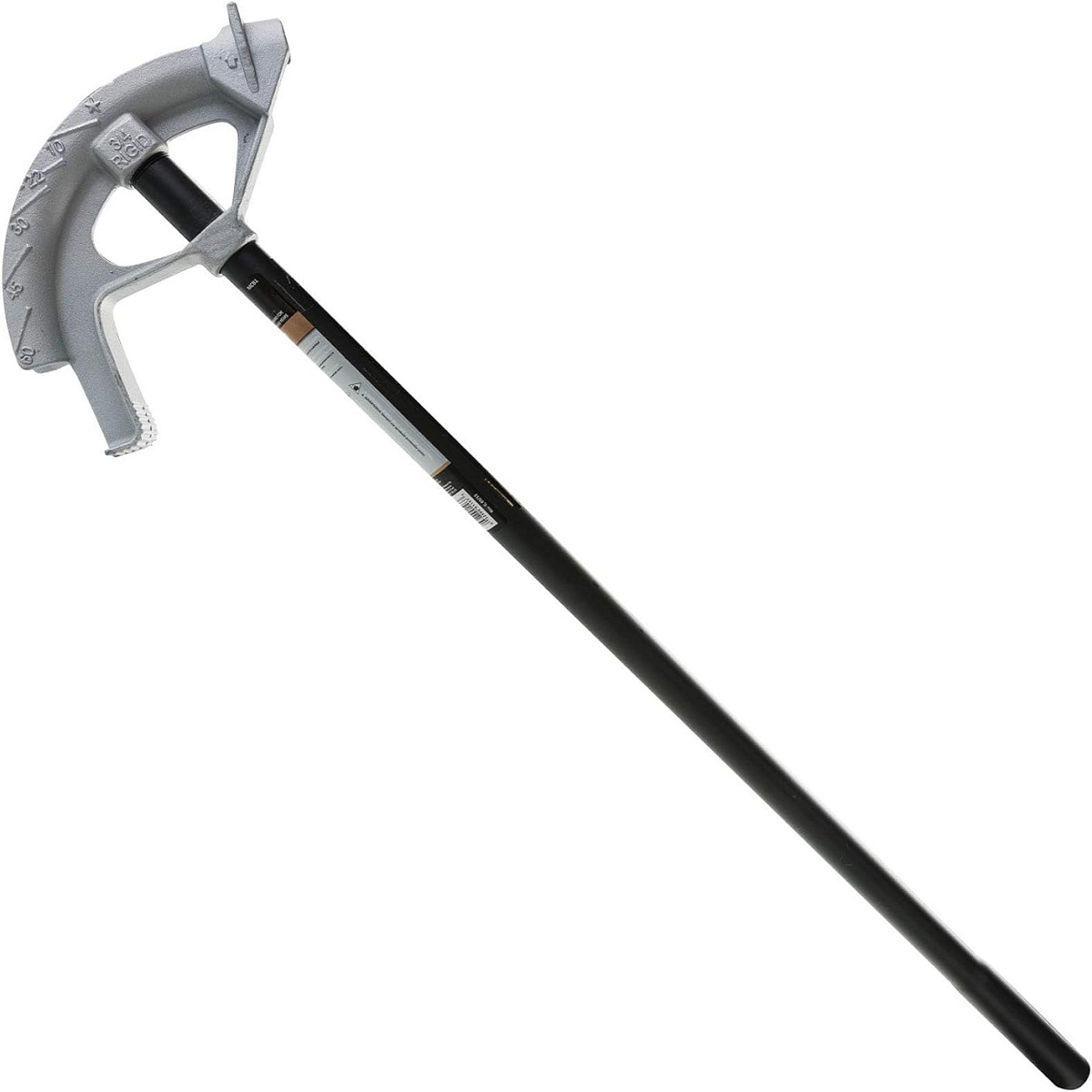
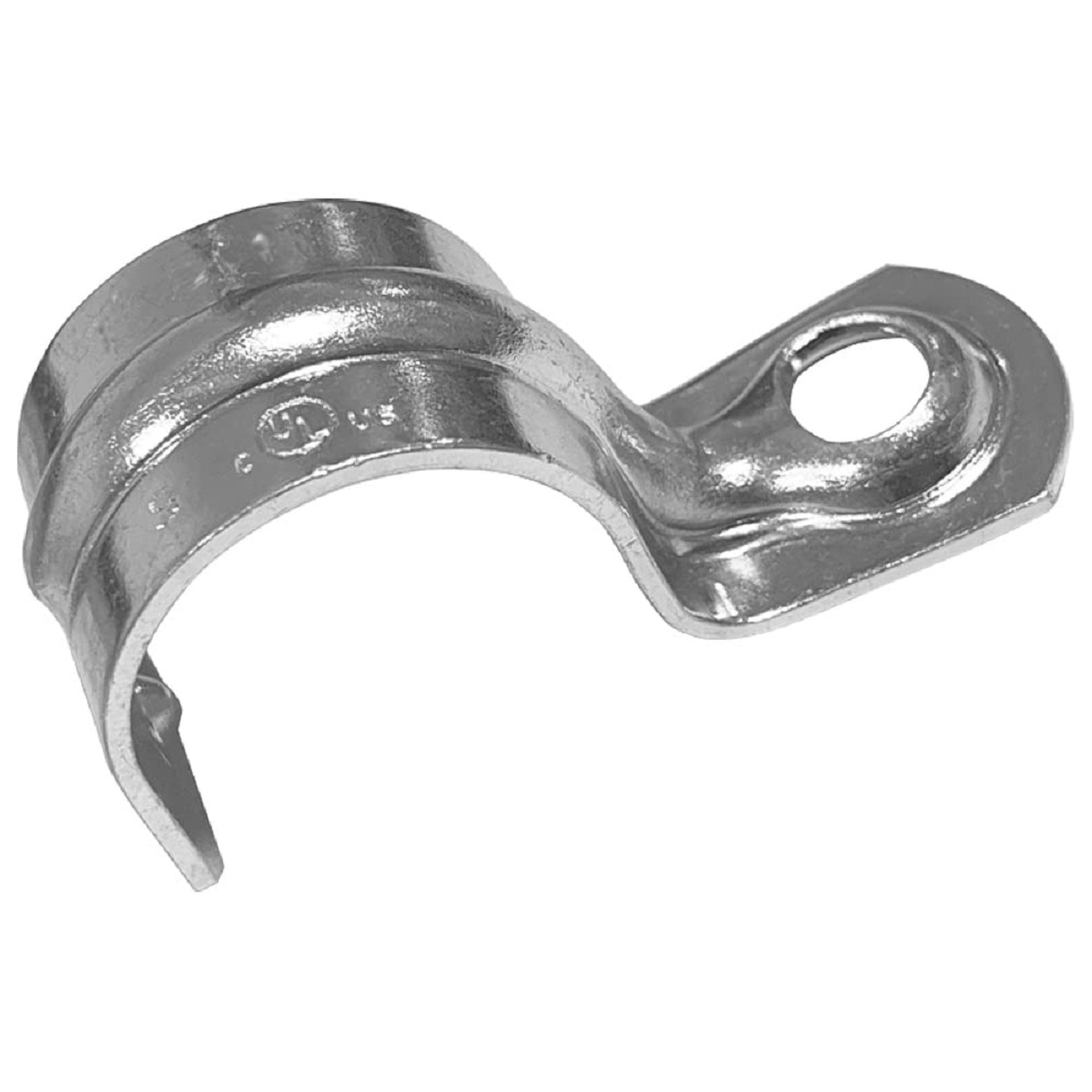

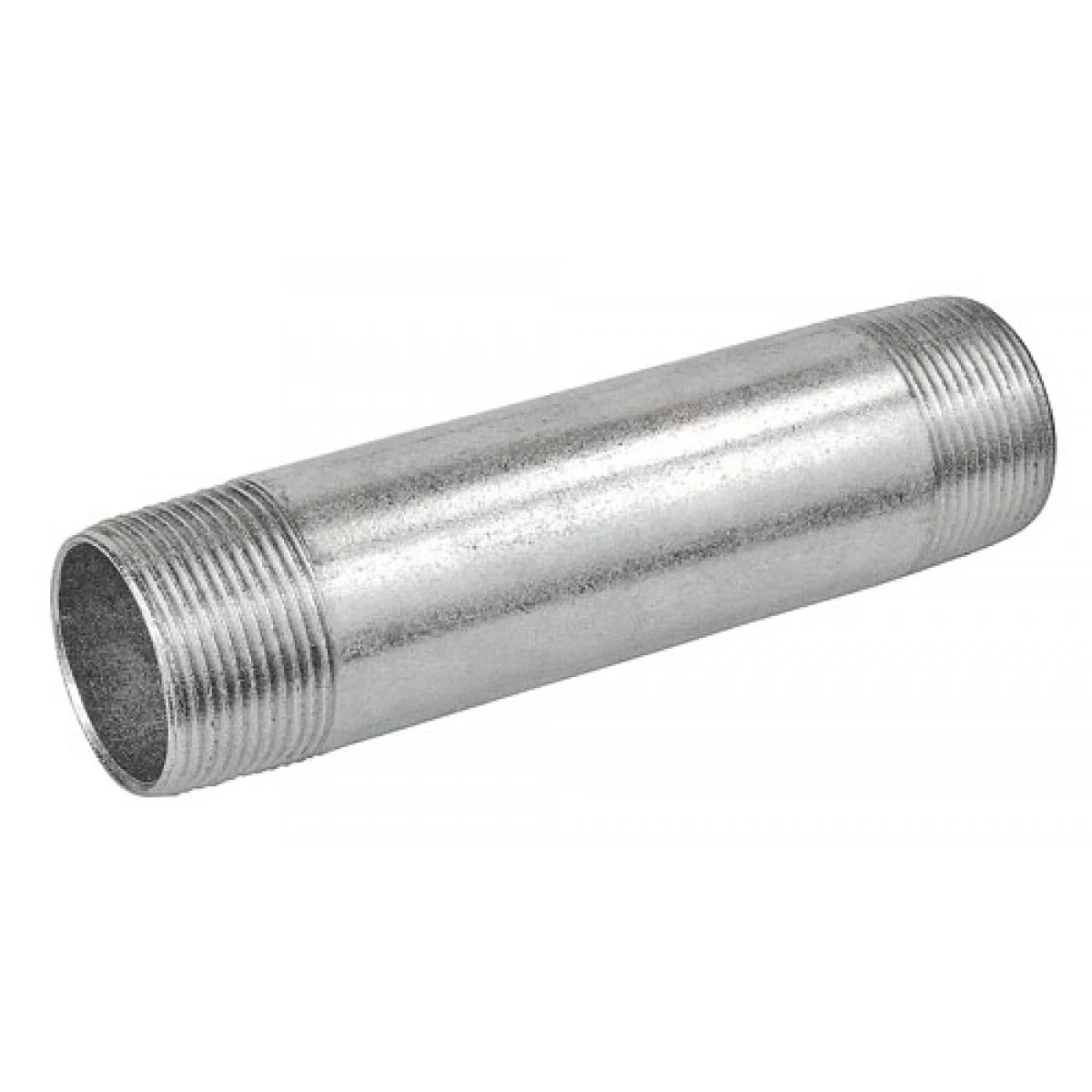

0 thoughts on “What Is The Outside Diameter Of 3/4 Inch EMT Conduit”